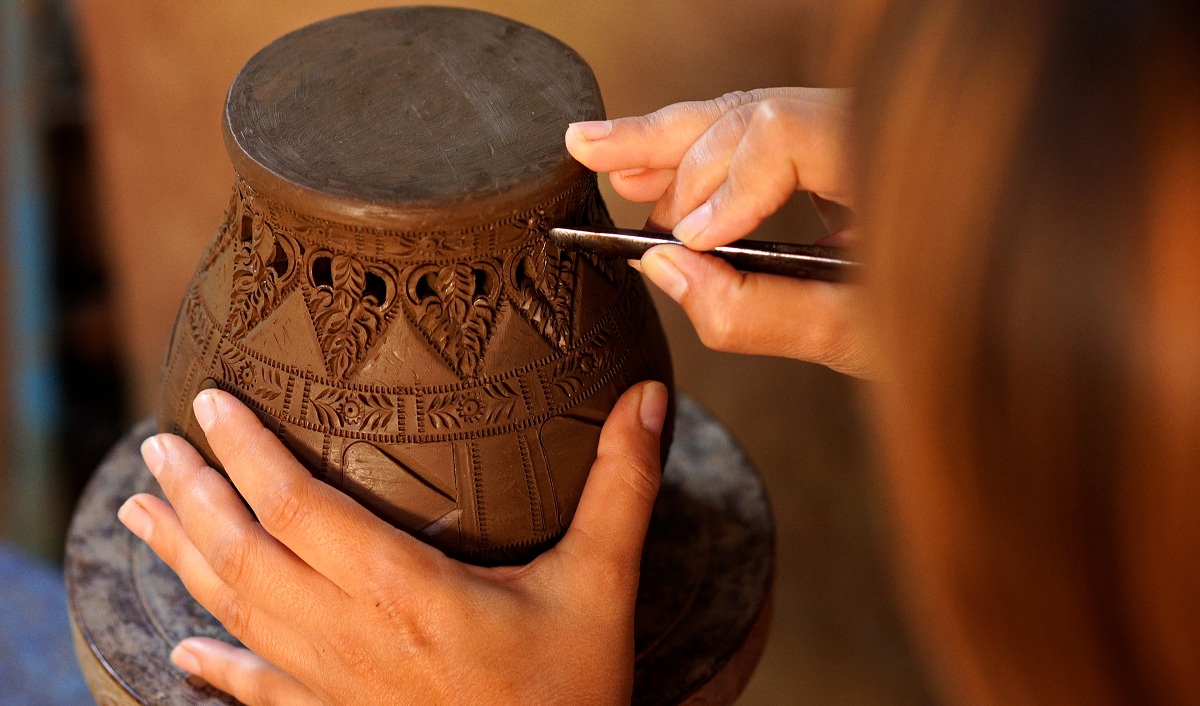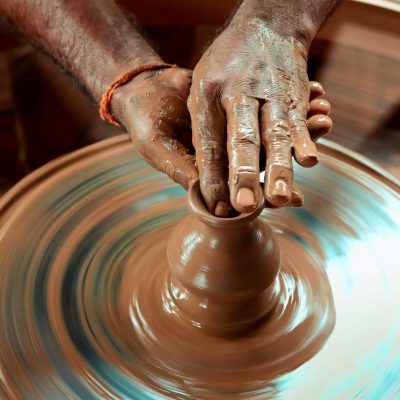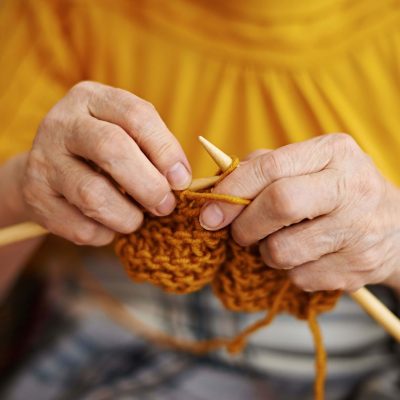In an age dominated by technology and mass production, the value of handmade art and crafts is experiencing a powerful resurgence. People across the globe are rediscovering the satisfaction of creating something with their own hands—whether it’s pottery, embroidery, woodworking, or paper art. Arts and crafts, once seen as hobbies, have become a form of self-expression, a way to preserve tradition, and even a thriving source of income for independent creators.
This renewed interest reflects more than a love for beautiful, handcrafted objects—it represents a growing desire for mindfulness, sustainability, and individuality in a fast-paced, uniform world.
Why Arts and Crafts Are Making a Comeback
Mass-produced goods dominate the shelves of big-box stores, often prioritizing convenience and low cost over uniqueness or quality. In response, more people are turning to handmade items, seeking a personal touch and authenticity that factory-made products can’t replicate.
For many, creating or purchasing handcrafted goods is a way to break free from the disposable culture of consumerism. A handmade ceramic bowl, for example, carries the story of the artisan who shaped it, while a handwoven scarf reflects hours of dedication and skill. These items often last longer and hold greater sentimental value, making them more than just objects—they’re expressions of human creativity and connection.
The Mental Health Benefits of Creative Expression
Arts and crafts aren’t just about producing tangible items; they’re also powerful tools for mental well-being. Creative activities like knitting, painting, or wood carving can reduce stress, improve focus, and foster a sense of accomplishment.
Psychologists often recommend crafting as a form of therapy, as it engages the hands and mind simultaneously, helping to quiet intrusive thoughts and promote relaxation. Group crafting sessions, such as pottery classes or painting workshops, also build community and provide a supportive outlet for self-expression.Even simple activities, like doodling or scrapbooking, can help individuals express emotions, boost confidence, and combat feelings of anxiety or isolation.

Preserving Tradition Through Craftsmanship
Arts and crafts also serve as a bridge between past and present. Traditional skills like basket weaving, quilting, and blacksmithing reflect centuries of cultural heritage, passed down through generations. By practicing these crafts, artisans help keep these traditions alive, blending old techniques with modern styles to appeal to contemporary audiences.
In many communities, these skills are not just hobbies but vital aspects of cultural identity. Handcrafted textiles, pottery, and jewelry often carry symbolic meanings, making them deeply significant beyond their aesthetic appeal. The resurgence of interest in these crafts ensures that these cultural treasures are not lost to time.
Arts and Crafts in the Digital Age
Interestingly, the very technology that seems to compete with traditional crafts is also helping them thrive. Platforms like Etsy, Instagram, and TikTok have given artisans global visibility, allowing them to turn passions into profitable businesses. Independent creators can now showcase their work to audiences worldwide, selling handmade products without relying on traditional retail channels.
Social media has also sparked trends, from DIY tutorials to viral crafting challenges, inspiring millions to try their hand at making something unique. Online workshops and virtual classes allow people to learn skills like calligraphy, resin art, or macramé from the comfort of their homes, breaking down barriers to entry for beginners.
Sustainability and the Handmade Movement
Another reason for the rise of arts and crafts is the growing demand for sustainable, eco-friendly products. Handmade items often use natural or recycled materials and are produced in small quantities, reducing the environmental impact associated with mass manufacturing.
Consumers are increasingly drawn to items like hand-poured candles, reusable fabric goods, and upcycled décor, as they reflect conscious living and ethical values. Supporting local artisans not only promotes sustainability but also boosts local economies, creating a cycle of positive impact.
Turning Craft into Career
For many creators, arts and crafts are more than a hobby—they’re a livelihood. From selling at craft fairs to running successful online shops, artisans can turn their skills into thriving businesses. The growing interest in unique, handmade products gives small creators an advantage over large retailers in niches like home décor, personalized gifts, and custom artwork.
To succeed in this space, many artisans blend traditional craftsmanship with entrepreneurial skills, learning to market their work online, manage inventory, and build customer relationships. Some also collaborate with brands or teach workshops, diversifying their income streams while sharing their passion with others.

How to Get Started with Arts and Crafts
For those looking to explore arts and crafts, the first step is to experiment and find a medium that resonates. Popular crafts for beginners include:
-
Knitting or crocheting – relaxing activities that result in wearable creations.
-
Pottery and ceramics – hands-on, tactile crafts with functional and decorative outcomes.
-
Painting and drawing – accessible for all ages, requiring minimal equipment to start.
-
Woodworking – ideal for those who enjoy building and shaping materials into lasting pieces.
-
DIY jewelry – a creative outlet with the potential for personal or commercial use.
Many local studios, community centers, and online platforms offer beginner classes, making it easy to pick up a new skill and connect with fellow enthusiasts.
Why Arts and Crafts Matter Today
In a world of constant noise, instant gratification, and disposable products, arts and crafts offer something rare: a chance to slow down, create with intention, and connect with something lasting. Whether as a hobby, a form of therapy, or a career, crafting reminds us of the value of human touch and creativity.
By embracing arts and crafts, individuals can find joy in self-expression, preserve cultural traditions, and contribute to a more sustainable and personal way of living. Handmade creativity isn’t just a trend—it’s a timeless practice that enriches lives and communities, one creation at a time.





